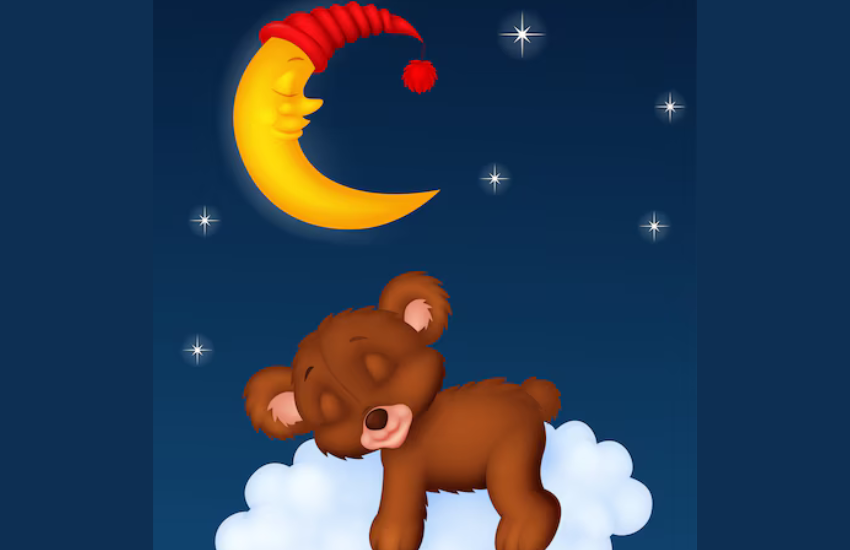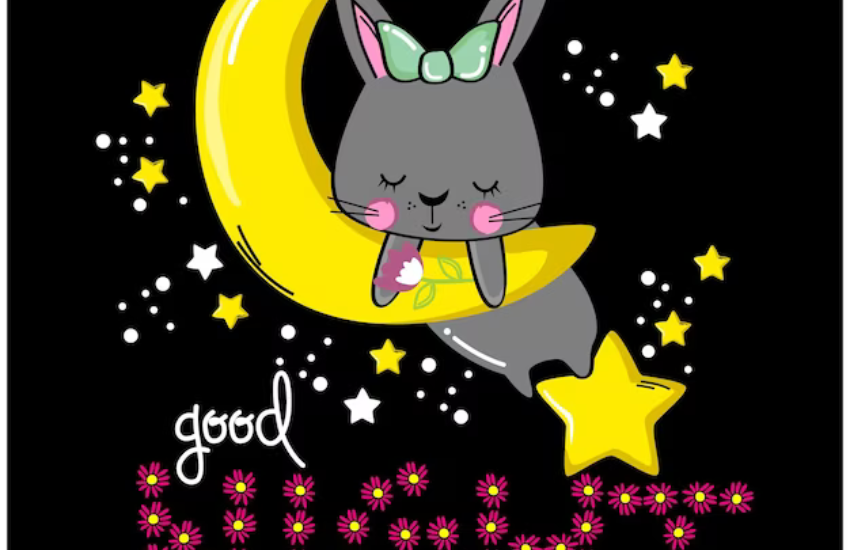The gute nacht dweeberz, loosely translating to “Good Night Dweeberz,” are mythical creatures rooted in European bedtime folklore. They are often depicted as benevolent beings who watch over sleepers, ensuring peaceful rest and vibrant dreams. Their name evokes a sense of whimsy, combining the German phrase “Gute Nacht” (Good Night) with the imaginative “Dweeberz,” a word believed to signify small, quirky beings.
Much like the Sandman or dream spirits of other cultures, Gute Nacht Dweeberz symbolize comfort and tranquility during sleep. Over the centuries, these endearing figures have gained prominence in art, literature, and pop culture, evolving into a universal symbol of nocturnal peace.
Origins of the Name
The term “Gute Nacht Dweeberz” first surfaced in Central European oral traditions during the late Middle Ages. “Gute Nacht” reflected their association with nighttime, while “Dweeberz” may derive from local dialects describing small, charming entities. Some historians suggest the name was coined by traveling storytellers seeking to enchant children into embracing bedtime rituals.
The term gained popularity in written works during the 18th century, appearing in bedtime anthologies. The playful nature of the word “Dweeberz” resonated with audiences, cementing their place in folklore.
Folklore and Myths
Early Stories
Legends of Gute Nacht Dweeberz often describe them as tiny, luminous beings flitting through moonlit forests or perching on windowsills. Their purpose was to safeguard the dreams of the vulnerable, particularly children.
Regional Variations
In Bavarian folklore, the Dweeberz appeared as woodland sprites offering lullabies to weary travelers. Meanwhile, Scandinavian tales depict them as protectors of families during long, dark winters.

Cultural Symbols
The Gute Nacht Dweberz became associated with symbols of light, purity, and protection, often linked to stars or glowing fireflies.
Symbolism in European Folklore
The Gute Nacht Dweeberz are portrayed as dream guardians, akin to the Sandman but with a softer, more nurturing demeanor. They’re believed to shield sleepers from nightmares, ensuring restful nights.
Their symbolic nature overlaps with other nocturnal figures like fairies, who embody peace, innocence, and natural beauty. Dweeberz are often seen as custodians of childhood, embodying the fleeting nature of innocence.
Evolution Through Literature
Bedtime Tales
Early bedtime stories featured Gute Nacht Dweberz as key characters, soothing children and promoting moral lessons.
Romanticized Portrayals
During the Romantic era, poets and authors romanticized the Dweeberz as symbols of unspoiled beauty and cosmic harmony, reflecting societal longing for simplicity.
Children’s Books
By the late 19th century, Gute Nacht Dweeberz became staples of children’s literature, frequently depicted as whimsical and colorful characters.

Rise of Artistic Representations
Artistic depictions of the Gute Nacht Dweberz flourished in the Renaissance and Victorian eras, with delicate illustrations capturing their ethereal charm. Today, they appear in animations, storybooks, and digital art.
Modern Interpretations and Popularity
In contemporary culture, Gute Nacht Dweberz are celebrated in bedtime rituals and popular media. They feature in animated series, bedtime apps, and even mindfulness practices for sleep.
Their whimsical image has inspired merchandise such as plush toys and décor, making them beloved figures across generations.
Conclusion
The Gute Nacht Dweeberz have transcended their origins to become timeless symbols of comfort and imagination. Their enduring appeal lies in their ability to blend folklore, art, and modern storytelling into a cultural legacy that continues to inspire.


